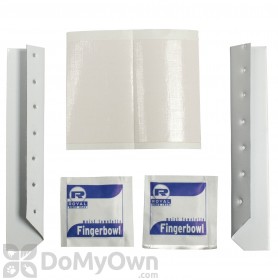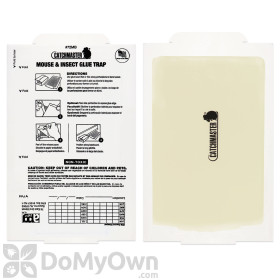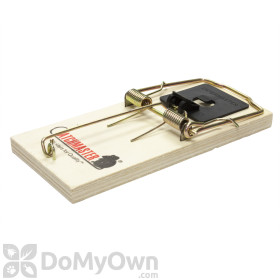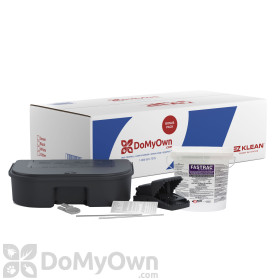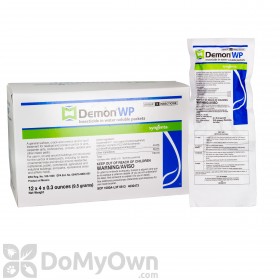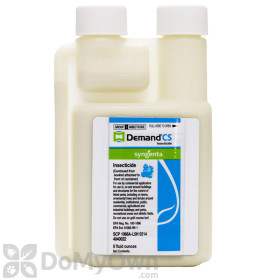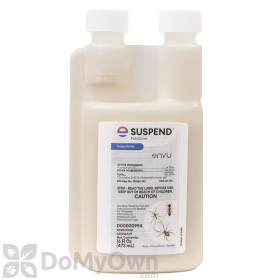When temperatures drop, humans and domesticated animals aren't the only ones who want a warm place to rest. Other unwanted visitors may seek shelter inside unprotected areas of your home where you may be less likely to notice them.
Garages offer a dark, warm, sometimes damp habitat that suits many insects and rodents perfectly when temperatures drop outside. In addition to the obvious protection from the cold that a roof and solid walls provide, garages also tend to contain nesting materials and potential food sources for several types of pests. Though you may not intend for this to be the case, you may be providing the most important resources a pest could ask for by storing certain items in your garage.
Inspecting Your Garage for Pests
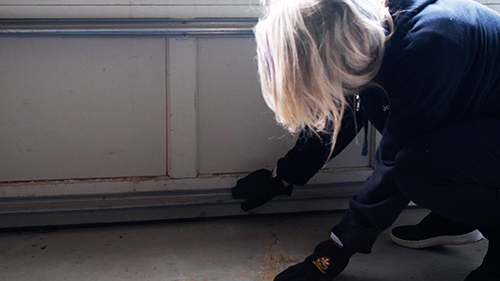
In the winter months, rodents taking refuge in your garage will probably be your biggest concern, but you may see some intrusion by spiders or insects seeking shelter from the cooler temperatures in other out-of-the-way spots.
To begin an inspection of these areas of your home or business, identify any potential entry points that may be used by pests. Be sure to check around windows and doors for any cracks or gaps. Check the weather-stripping around any openings in your home for a tight seal.
Use our 3-Step Pest Inspection Guide as a checklist to identify which pests may be present in your garage and we can help you take care of the problem from there.
How Do I Keep Rodents Out of My Garage?

Eliminating access points to your garage should be a priority before taking other steps to eliminate pests. Locating any possibly entry points and sealing them off with a silicone-based caulk (for smaller cracks) or a dense material like steel wool or copper mesh (for larger holes in a wall or baseboard) is a great first step in controlling pest traffic into your garage or other adjacent areas. A garage door rodent guard can prevent mice from biting their way in at the corners of your overhead door, and is another effective exclusion method.
Sanitation in these areas is another important step. Cleaning and organizing storage items, and especially keeping them off the floor or sealing them in rigid plastic containers can keep them away from mice, silverfish, and other curious creatures who may find a home in cardboard boxes or other open containers in a garage or crawlspace. Vacuuming, sweeping, and mopping your garage regularly is a great prevention technique for eliminating food sources, spiderwebs, and insect eggs.
Preparing for these unwanted pests with exclusion methods as mentioned above in addition to snap traps and glue boards inside the garage can help you control any rodent problem like a pro.
A big advantage to using snap traps over other types is the control over where the rodent dies that a snap trap offers. Check out Snap Traps 101 for some great pointers on rodent-proofing your garage with snap traps.
Another popular method is the use of rodenticides, also called rodent baits. For more details on the different types of rodenticides available and how they could help control a rodent infestation, review What are Rodenticides? here on DoMyOwn.com.
Garage Pest Control with Insecticides
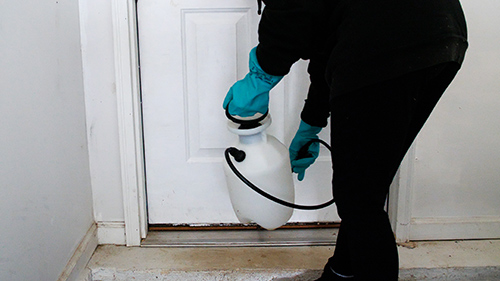
Insect glue boards can be a good indicator of insect activity in your garage or attic. By placing and monitoring these simple tools, you can get a good idea of what sort of insect traffic there may be in the area.
If there are already signs of insect activity inside your garage, you should select an insecticide product that is labeled for use in garages. Follow the included instructions for crack and crevice applications. Spray your selected insecticide around doors, windows, the bases of walls, cracks in the foundation, and any other possible entry point into your home.
For these types of applications, our experts usually recommend a wettable powder (WP) product such as Demon WP Insecticide or an encapsulated insecticide like Demand CS. These types of products allow more control over the conditions under which they are released, so you'll get the best results from the application.
Always read the label of any insecticide product you use and apply only as directed by the manufacturer.




